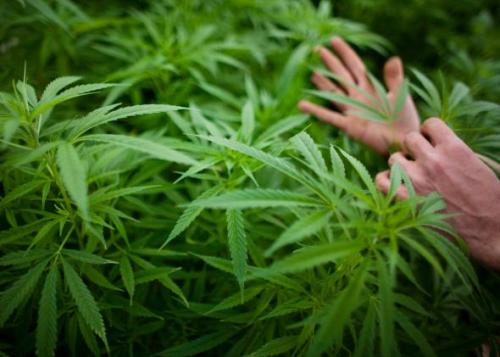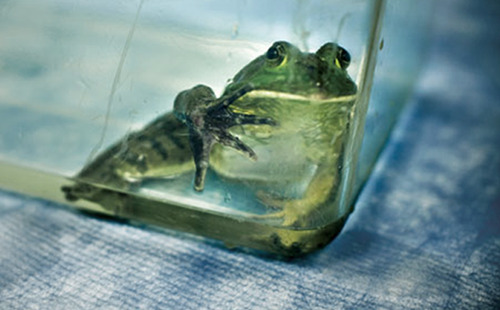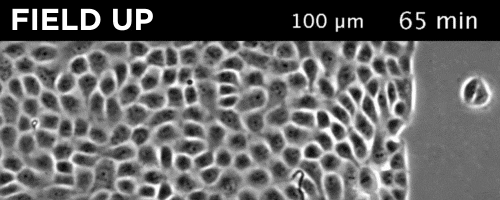
A new study from UC Irvine and UCLA challenges our definition of success.
Who’s more successful: The child of Chinese immigrants who is now a prominent attorney, or a second-generation Mexican who completed high school and now holds a stable, blue collar job?
The answer depends on how you define success.
In fact, according to a study by University of California, Irvine, Sociology Professor Jennifer Lee and UCLA Sociology Professor Min Zhou, contrary to stereotypes, Mexican-Americans are the most successful second-generation group in the country. The reason is simple: The study considered not just where people finished, but from where they started.
The report serves as counter-point to arguments raised by Amy Chua, a Yale Law School professor better known as the Tiger Mom. In a new book, The Triple Package, Chua and her husband, Jed Rubenfeld, argue that some groups—namely Chinese, Jews, Cubans, and Nigerians—are more successful than others because they possess certain cultural traits that enable them to be.
In a nutshell, Chua’s “Triple Package” includes: a cultural superiority complex, impulse control, and insecurity. Combined, the authors assert, these traits drive the groups to succeed within a broader American culture that is comparatively lackadaisical. They base their argument on an analysis of test scores, educational achievement, median household income, and other factors.
The UC study, however, argues that it’s not any specific cultural trait that makes groups like Chinese-Americans more successful than others. Lee and Zhou say both Chinese-American and Mexican-American parents highly value education. Most parents do. But the reason Chinese-Americans get ahead is because they start ahead. Way ahead, in many cases.
The study, called “The Success Frame and Achievement Paradox: The Cost and Consequences for Asian-Americans,” looked at Chinese-, Vietnamese-, and Mexican-Americans in Los Angeles whose parents immigrated to the U.S. At first glance, the study’s findings seem to reinforce claims made by Chua and her supporters: Children of Chinese immigrants far exceeded other groups when it came to educational outcomes. Sixty-four percent of Chinese immigrants’ children graduated from college, compared to 46 percent of native-born whites in L.A. Of the Chinese-American college graduates, 22 percent went on to attain graduate degrees.








